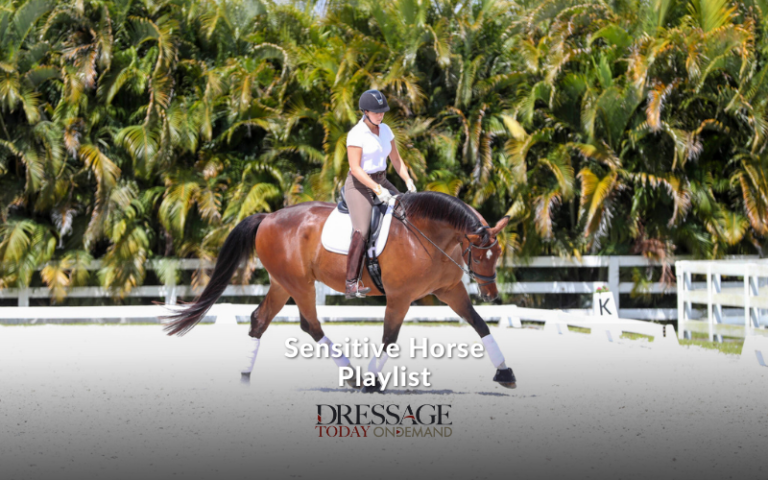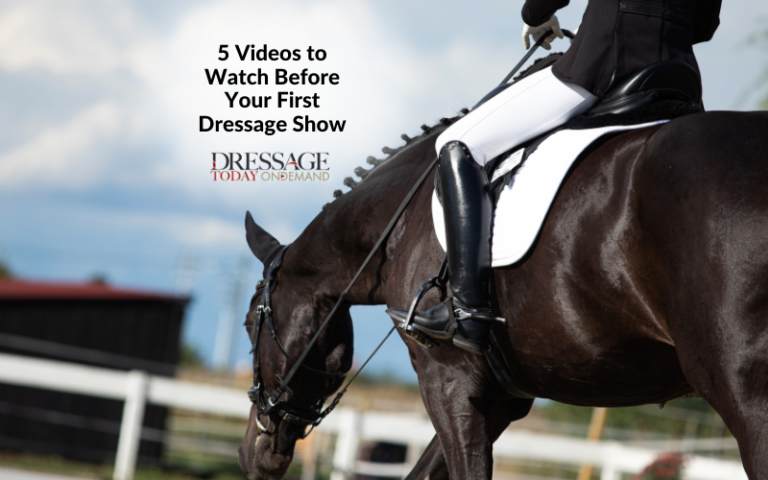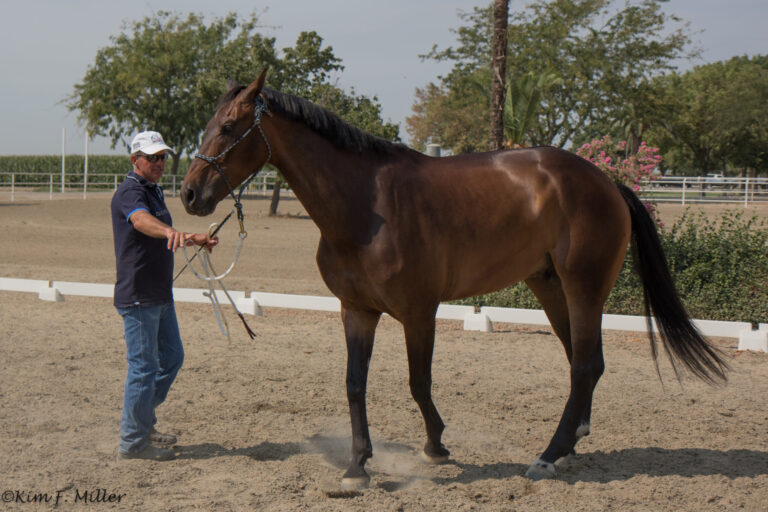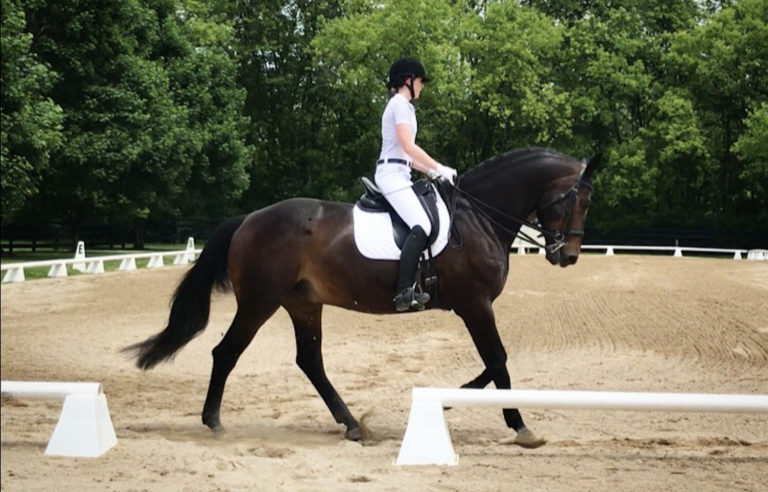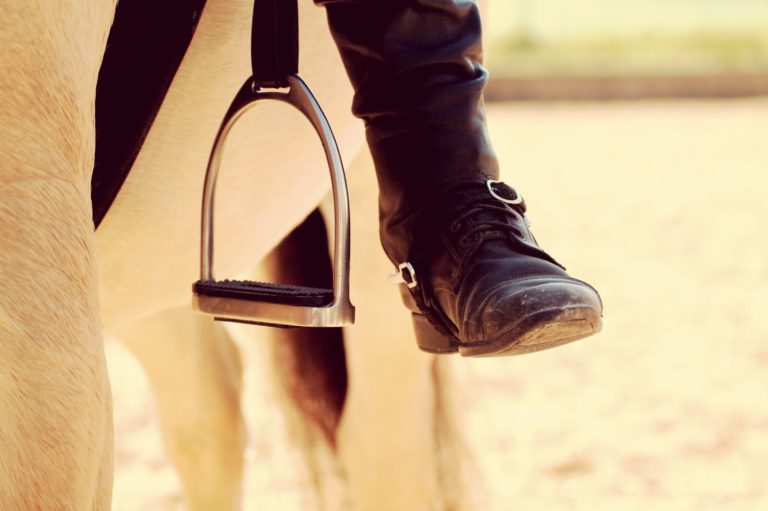Rhythm, in dressage-speak, is not the same thing as tempo.
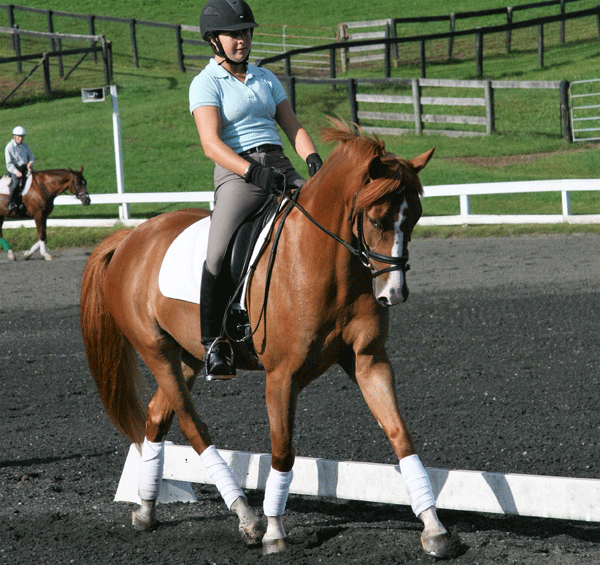
I heard it misused again this week, a top rider saying “rhythm,” when what she meant was “tempo.” I got a tad cranky about it, because she was talking to a group of Young Riders. When I mentioned it later to a friend, she said that she’d heard the same thing from another top rider recently – and by top riders, I mean people who have ridden on USET teams.
As far as the Glossary of Dressage Terms used in this country is concerned, “rhythm” means only one thing, which is the characteristic footfalls of a specific gait: four beats for walk, two beats for trot, three beats for canter. That makes talking about rhythm very simple. Tempo, on the other hand, is the rate of repetition of those footfalls, how fast the legs are moving. (For the glossary, visit http://www.usdf.org/EduDocs/Competition/2015_USDF_Glossary_.pdf)
I realize many people use the two terms interchangeably, and in the actual riding there doesn’t seem to be a problem. How we define rhythm and tempo gets even more mashed up when we try to translate the same terms from other languages. (“Takt” in German, for example, includes both rhythm and tempo, although the glossary in the FEI Handbook for Judging – the international judging guide — does not lump tempo with rhythm.)
So, should we care? Or, rather, should anyone care who isn’t a dressage judge or a freestyle designer?
The reason it matters is because rhythm is the solid foundation for everything we do in dressage and thus the very wide base of the Training Pyramid. At any time as you climb the other five steps of the pyramid, if you lose a clear two-beat trot, four-beat walk or three-beat canter, you’ve defeated the whole purpose.
In simple judging terms during a test movement, if the walk becomes lateral or if the canter becomes four-beat or two-beat or if the trot becomes unlevel, the movement becomes “unsatisfactory” and you aren’t going to score above a 4. If you are looking at the box for Gaits at the bottom of a test, “regularity” means the same thing as “rhythm,” and a pervasive loss of regularity anywhere in the test should hit that box hard.
Distinguishing rhythm from tempo, I feel, really helps clarify a lot of the things we do while training. It’s very easy to realize when we’ve lost that pure two-beat trot or three-beat canter. For example, we might be thrilled that we’ve found the correct angle while starting a shoulder-in, but if the horse becomes heavy on his inside shoulder we know to straighten out of the angle or turn onto a volte to re-establish the balance and re-establish to a clean trot.
On the other hand, it’s not so easy to tell when a walk goes lateral without the help of a good set of eyes on the ground, that is unless you’ve ridden a horse with a pervasive 2-beat walk – you feel the horse swing more side-to-side (like a camel) than back-to-front. If you’re riding alone, it’s useful to double check the walk in a mirror or even watch the horse’s shadow.
Maybe it helps to distinguish between rhythm and tempo to think of them this way: Rhythm is nothing more than a pure walk, trot or canter. Tempo is the difference between the beginning of “The Lone Ranger” and the end of “The Roy Rogers Show.”


